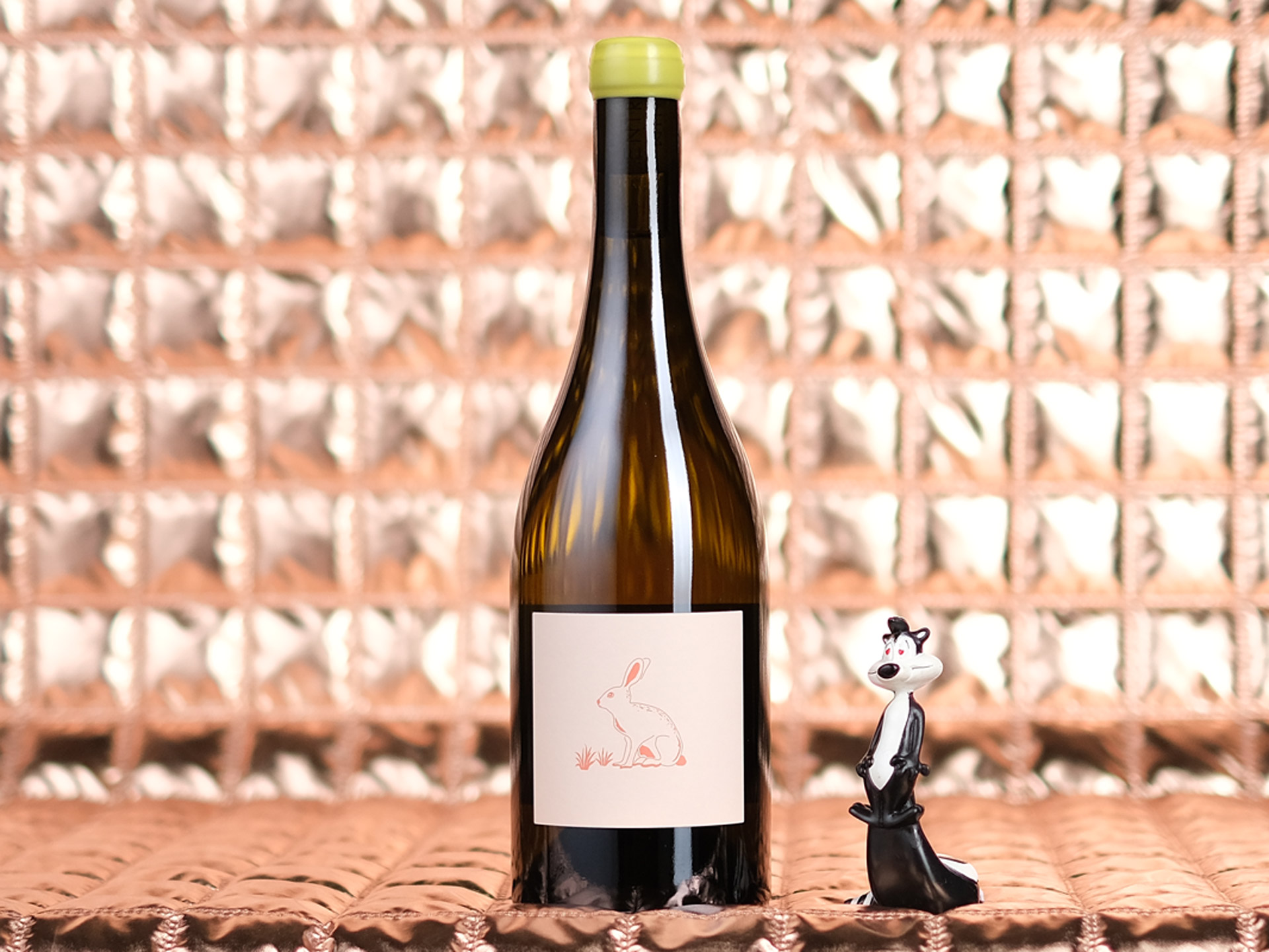Ryan Ponsford is producing some stellar reframings of classic varieties, with meticulously tended vines in Gippsland producing fruit of intensity and freshness. His riesling is a case in point, with time in oak giving it texture to match the generous fruit weight, but the citric core of the variety slices through, each dimension in ideal balance, with a saline, waxy quality adding depth.
Tasting note
This is certainly a step away from classic Australian riesling, with the making closer to a chardonnay approach employing wild ferment in old oak with all the lees left in to build texture. It’s also a clip up in ripeness, measuring at more a chardonnay weight, but riesling it is, with a fin of acidity slicing through the wine, carrying nutty, saline and waxy notes to match the grapefruit pith, green pear and lemon leaf. That extra plump of texture fills out the wine, balancing the dry zip, making for a powerful, vibrant but quietly subtle wine of real character and verve.
Themes of this wine
Riesling
Riesling is one of the world’s most versatile grapes, capable of making styles from aridly dry to lusciously sweet, plus everything in between, and with a transparency that reflects where it was grown like few – if any – other grapes. Hailing from Germany, it’s equally embedded in France and Austria, while the style made famous in the Clare Valley that once defined Australian versions has now been joined by a multitude of expressions, and from right across the country.
Gippsland
A vast region, Gippsland stretches from Westernport Bay right across eastern Victoria to the New South Wales border. And although many of the wineries are on the western end of the GI, with a concentration in the unofficial subzone of South Gippsland, the region still has a complex array of macroclimates and geological variations. Even with that variability, it’s safe to say that pinot noir and chardonnay are the regional strengths, with generally cool conditions and good rainfall consistent themes.



